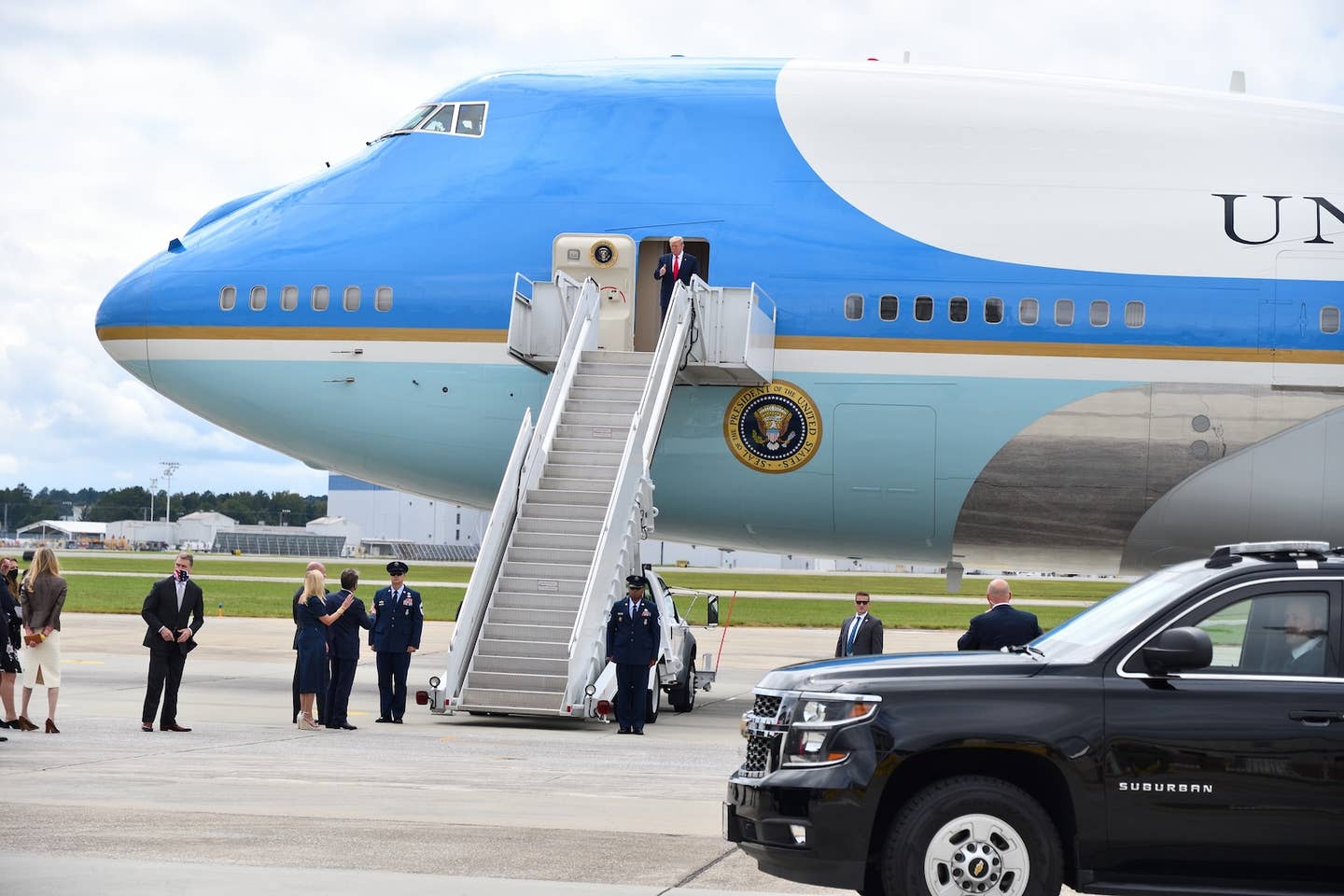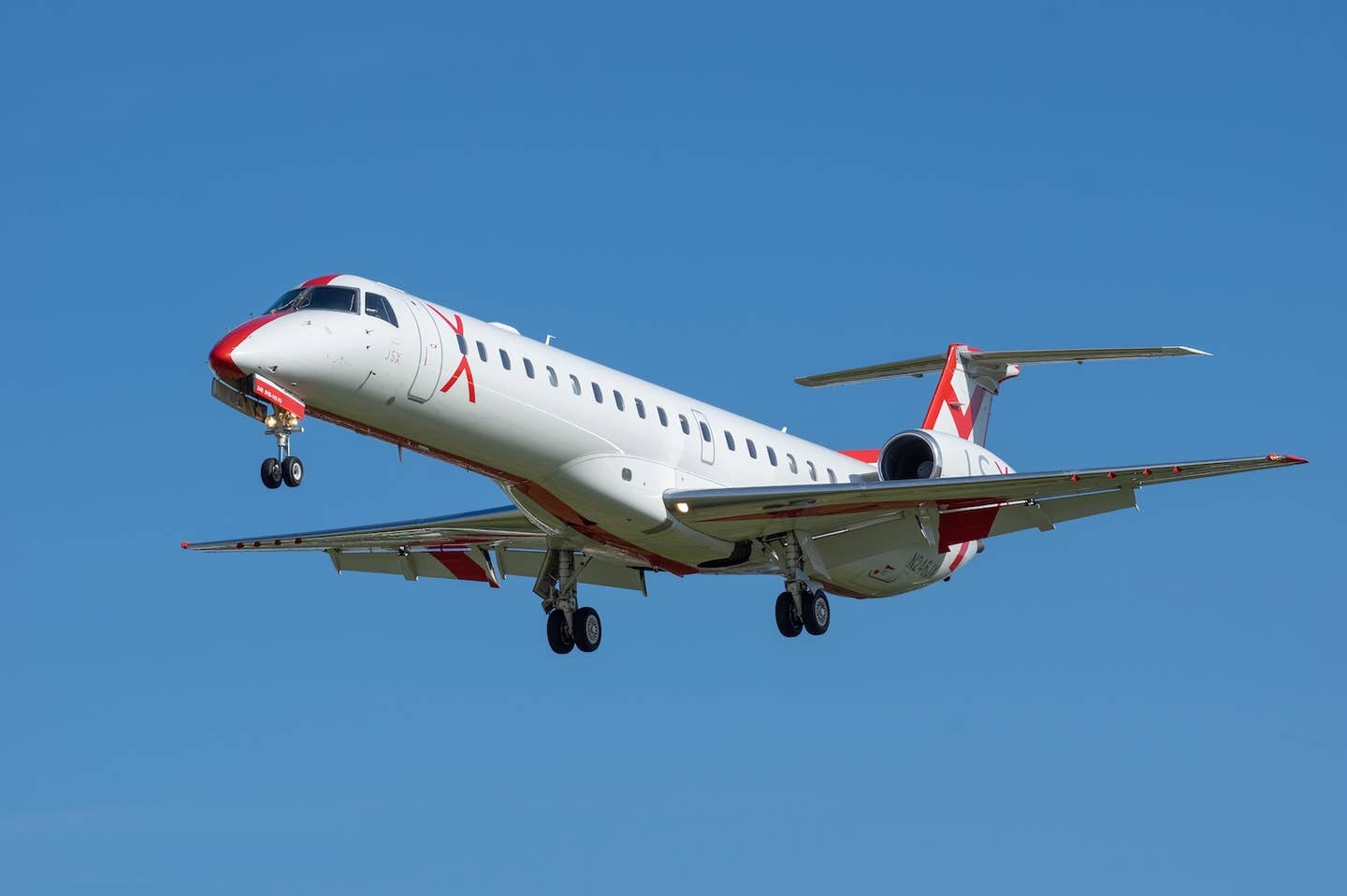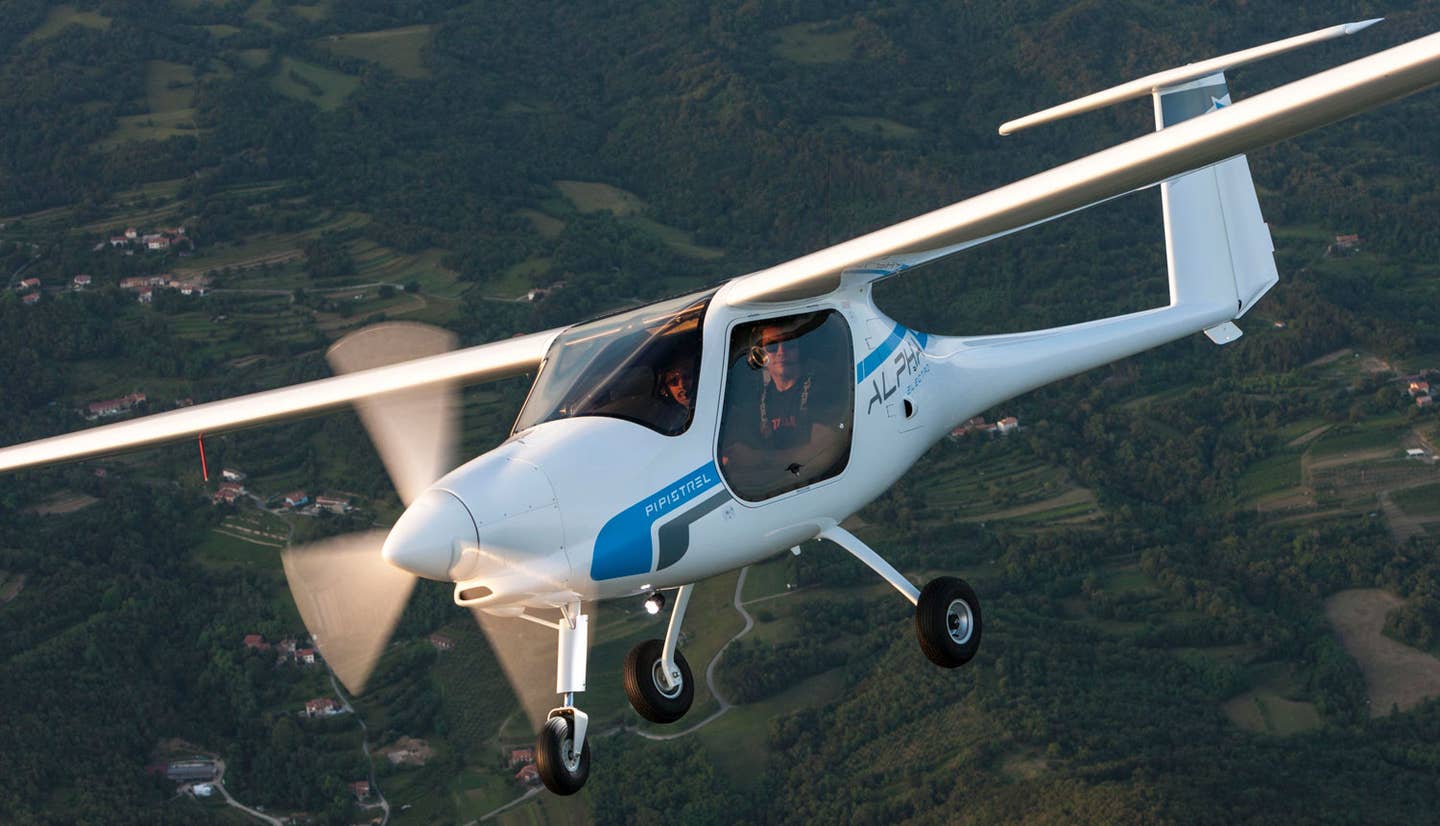
Art by Barry Ross
In the mid-1980s, I was working on the line at a small Minnesota FBO/flight school and flying when my meager income would allow. Early on in my training, my instructor was fortunate enough to find a second job flying right-seat in a North American Sabreliner Series 60. The chief pilot for this small corporate flight department also did business with the FBO where I worked, so I got to know him as well. It wasn't long before I found myself driving out to the airport at 0400 hours to help with fueling and preparation before their early-morning departures. Since I was doing this on my own accord, I was offered a chance to ride along on various trips as "payment" for my services. The owner of the aircraft owned companies in Oklahoma and Texas as well as other business interests around the country, so at 18 years of age I was able to see various parts of the country from 41,000 feet.
On a return flight from Corpus Christi, Texas, to St. Paul one evening, I was sitting on the meager jumpseat provided at the entrance to the cockpit — not an easy feat considering I am 6 feet 4 inches and was about 270 pounds at the time. Due to size constraints, I had to straddle the seat in a modified split with one leg in the cockpit and the other facing the opposite direction toward the door. As I watched the miles on the DME tick by at a steady pace, the weather radar started painting some red at its maximum effective range. It wasn't long before the crew members were checking weather and fine-tuning the radar. I overheard them discussing the possibility of heavy precipitation creating a false return and making the storm look larger then it really was. It appeared this large storm was centered over Missouri and Iowa and was right in our path. Due to the somewhat limited range of the turbojet-equipped Sabreliner, they were discussing whether they would try to stay high over the top of the storm and descend rapidly after clearing it, or divert to Chicago, fuel and continue on to St. Paul.
The decision was made to stay high and leapfrog the storm. It was a beautiful sight from my perch at 39,000 feet. The sun was setting, casting a warm golden glow through the portside windows of the aircraft. Ahead of and below us was this rolling and tumbling ominous mass of clouds. The mass appeared alive as the constant flash of lightning inside the beast turned the black mass an eerie green. No worries: We were a good 5,000 to 7,000 feet above. As I stared, mesmerized, into the storm, I suddenly noticed the aft cabin turning that wicked green color I could see in the storm. As we cruised along fat, dumb and happy at 550-plus mph, Mother Nature wanted to prove this was a race she could win. As we cruised across the top, the storm back-rolled over us, engulfing the aircraft in the storm. As I did all I could do to remain in my jumpseat, I noticed the pilot cranking his seat down to its lowest position, well below the glareshield. The aircraft was tossed around quite violently, and it appeared that something like a fire hose was being sprayed at the windscreen. The pilot asked that I close the cabin door, because he did not want the owner to see what was going on in the cockpit. As I watched the pilot reach down and turn the igniters on, I was feeling good. With my vast knowledge of aircraft and aviation (four hours dual), an airplane that was built on the F-86 wing, a pilot who had survived three tours of C-130 duty in Vietnam and a flight instructor who was no less than godlike in my eyes, what could go wrong?
As we continued on, I noticed the radios were getting full of static. My instructor noticed the same, so he reached over and started to adjust the squelch. The pilot commented, "We're hot; it's not the squelch!"
As he continued to try to tune out the static, the pilot snapped at him again and said, "We're hot! It's not the radios!"
As I looked over at my chastised instructor, I noticed he was burning through his roll of mints as fast as the Pratt & Whitney turbojets were burning through jet-A, and both pilots had the sheen of a light sweat on their foreheads. This was my first clue that this might not be a good thing. As the radios continued to build more static, I noticed the hair on my arms was standing on end. I looked around and saw that everybody's hair was standing straight up. This is when my instructor pointed out the brilliant veins of blue, green and magenta electricity dancing on the cockpit windows. They were gorgeous! As in those science experiment globes, they could be drawn toward your hand if you touched the glass. As I was getting the lengthy dissertation on St. Elmo's fire, a huge ball of electrical fire came shooting out the nose and flew up and over the copilot's windscreen and overhead window.
I shouted at the pilot, "Did you see that?"
When he did not answer, I shouted again. This time I was met with a "Shut up, kid!" and I got the hint. I immediately noticed our hair was normal again and the radios were once again clear.
Then I heard ATC clearing us to a lower altitude and the pilot replying, "We're in a little weather; I'll get back to you."
ATC shot back, "Negative Sabreliner Two One Two Foxtrot, descend and maintain. … "
The pilot responded in a stern tone, "Two One Two Foxtrot, I said I'm in a little weather; I'll get back to you!"
The controller must have been as observant as I was and replied "Roger, Two One Two Foxtrot, understand you're in a little weather. Descend when able."
A short time later we broke out of the clouds to a beautiful night. From our altitude and the high cloud layer, we could see the lights of Rochester, Minnesota, and farther to the north Minneapolis and St. Paul glowing and reflecting off of the clouds. A sight I will never forget. As we continued on to an uneventful landing in St. Paul, I lamented at what seemed like 30 minutes of thunderstorm penetration. Years later I would learn from the copilot that it was actually less than five minutes!
After the airplane was in the hangar, I noticed a dent the size of a fist in the radome, and most of the hard plastic and metal static wicks were melted down to the rivet attach points. The copilot and I exclaimed, "See, we were hit by lightning; that was the ball of electrical flame we saw!"
The pilot mumbled something about flying in combat when we were still in diapers and said that if we had taken a hit in the radome, the radar and possibly the radios would have been fried and there should be a scorch mark. He said he figured we had hit a seagull climbing out of Corpus Christi. A few weeks later he confessed to me that evidence of three lightning strikes was found on the airplane. One followed the spars under the cabin floor, exited into the avionics bay and blew out the radome, somehow leaving the radios untouched.
To see more of Barry Ross' aviation art, go to barryrossart.com

Sign-up for newsletters & special offers!
Get the latest FLYING stories & special offers delivered directly to your inbox






